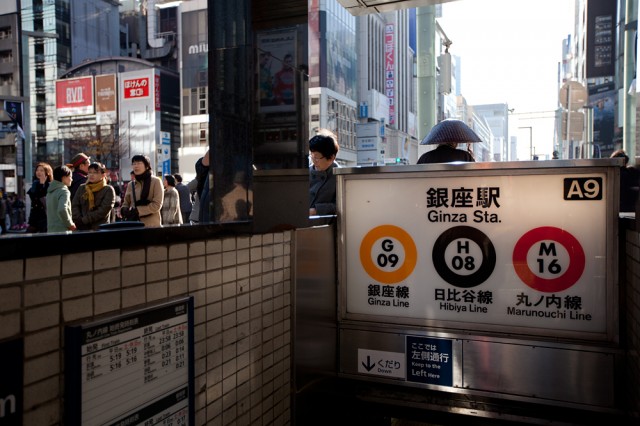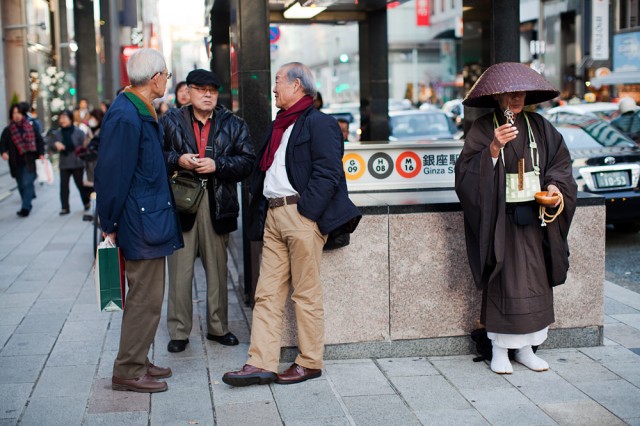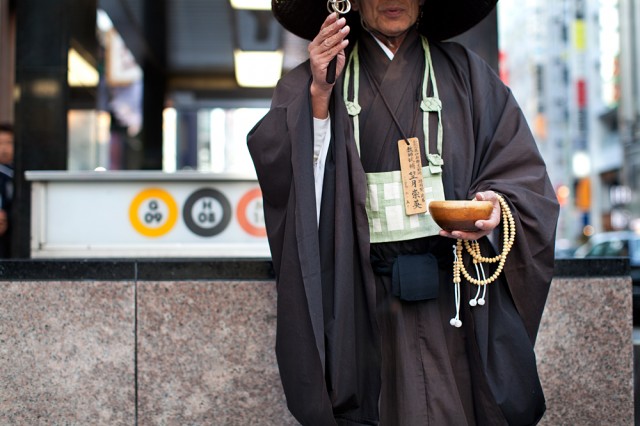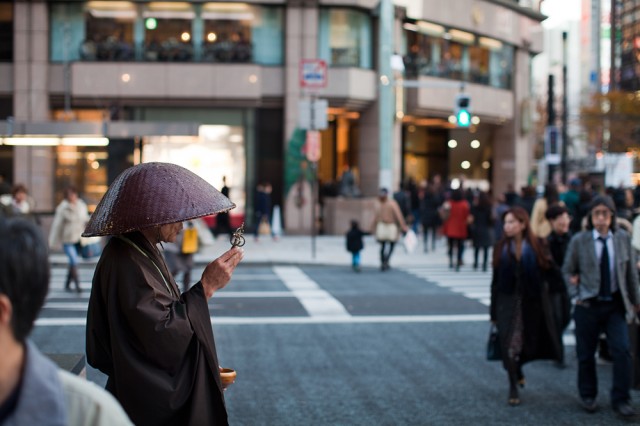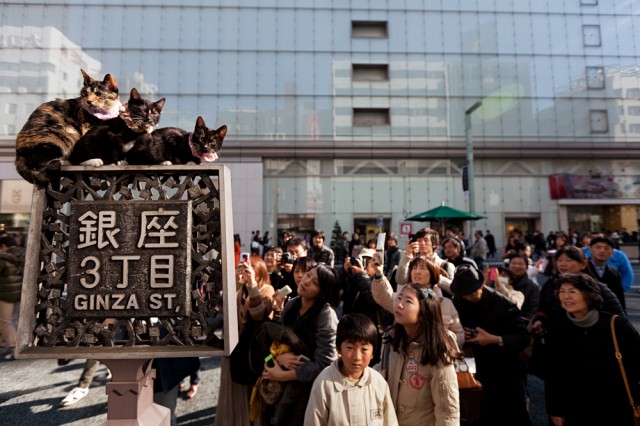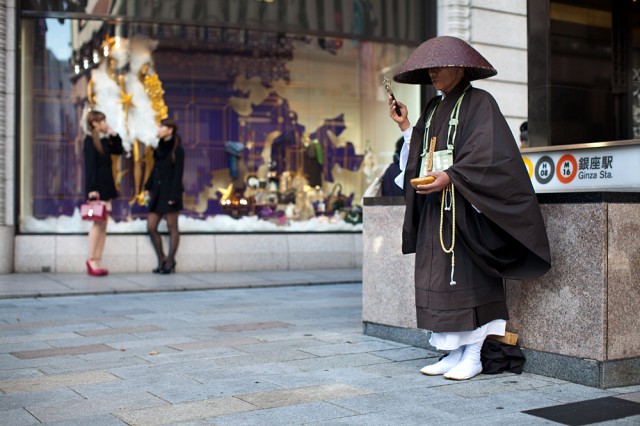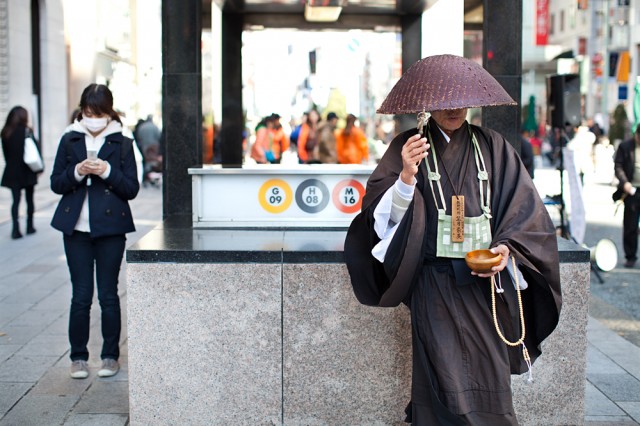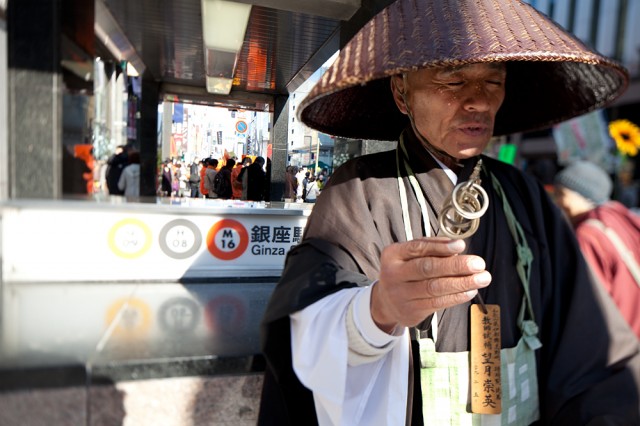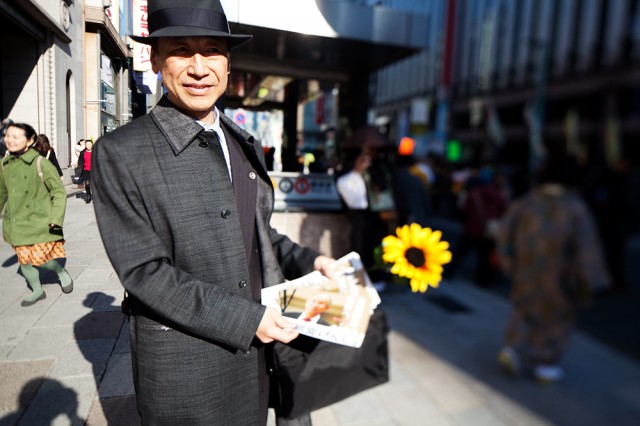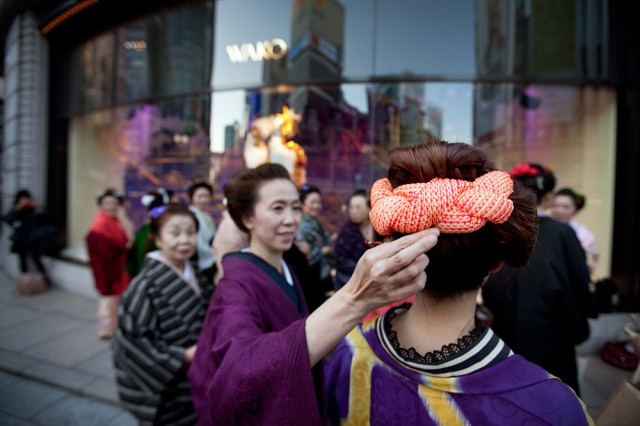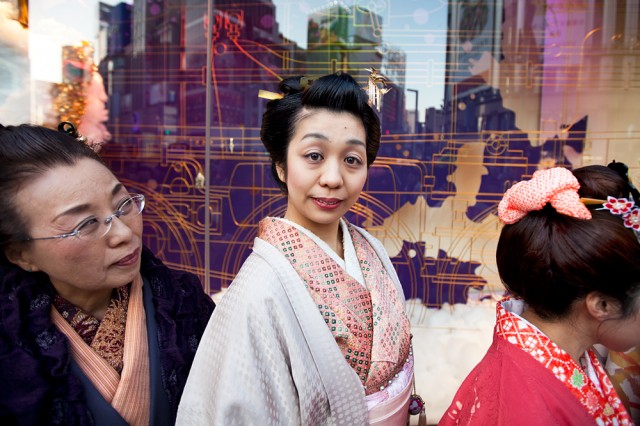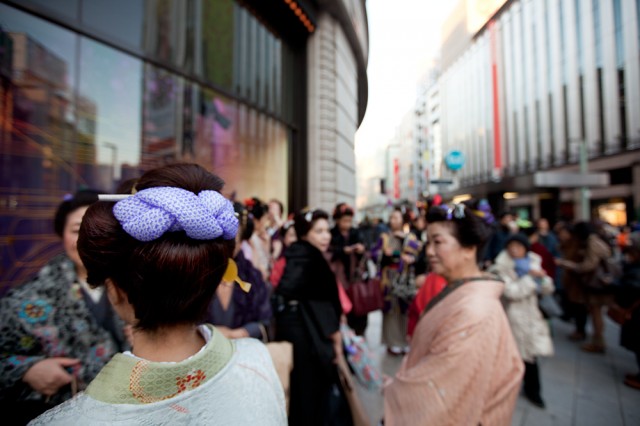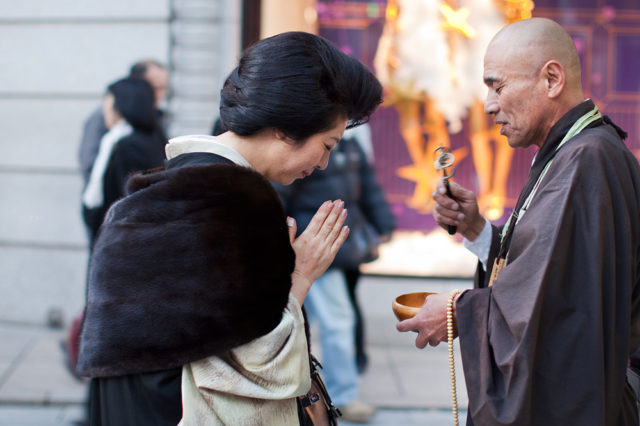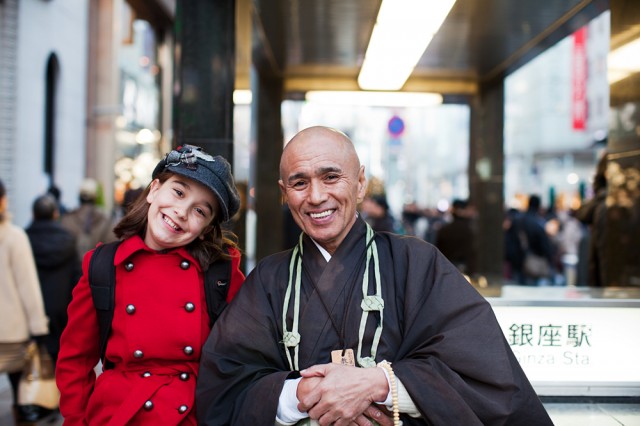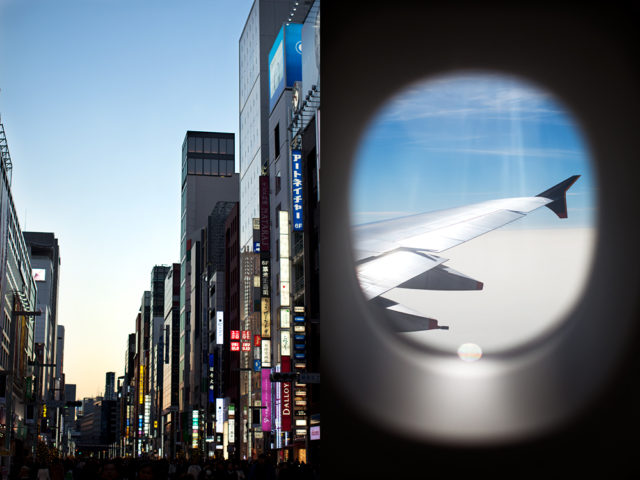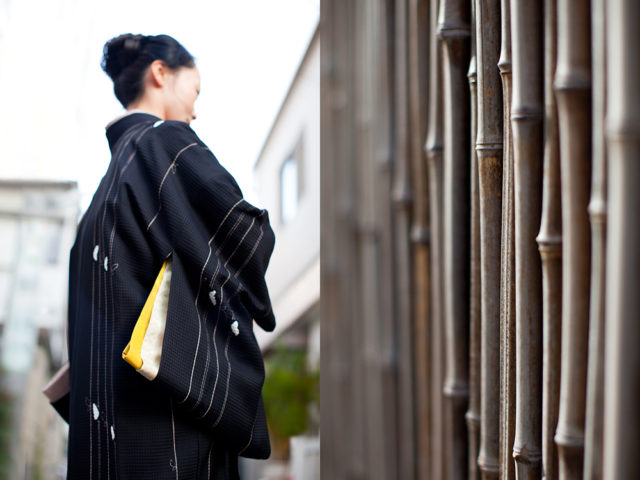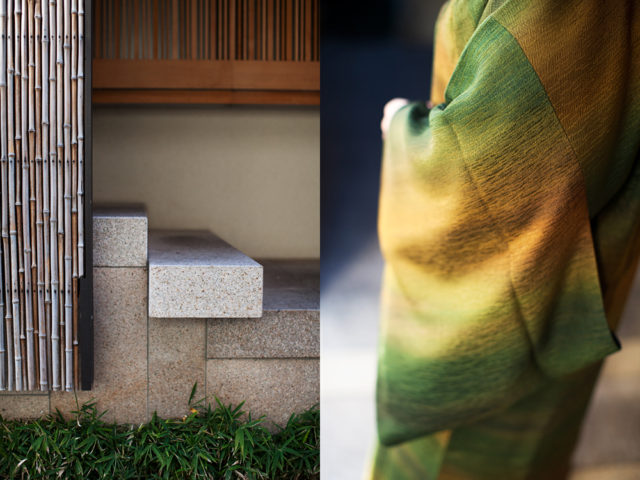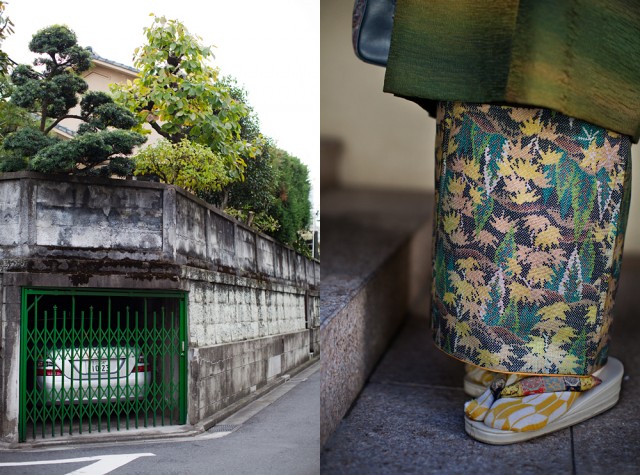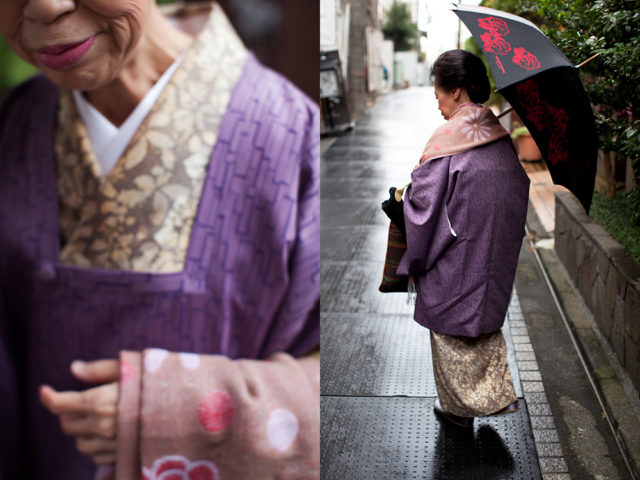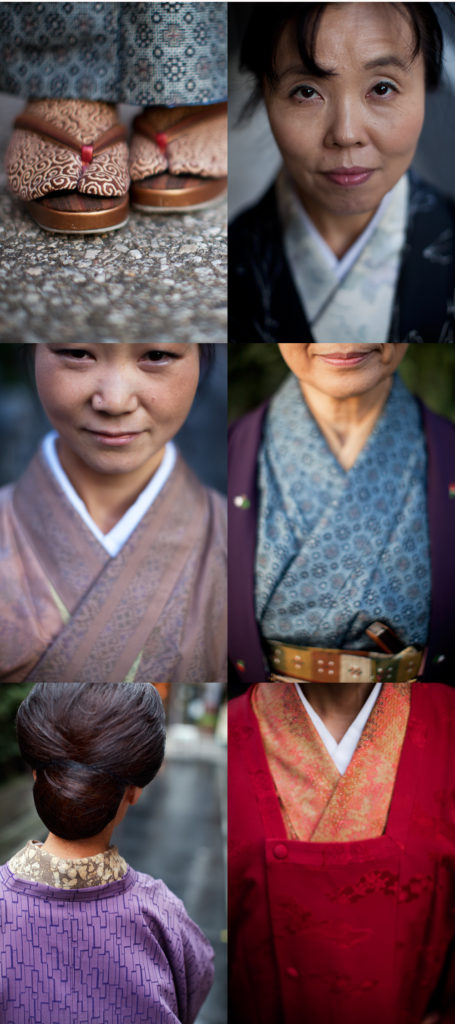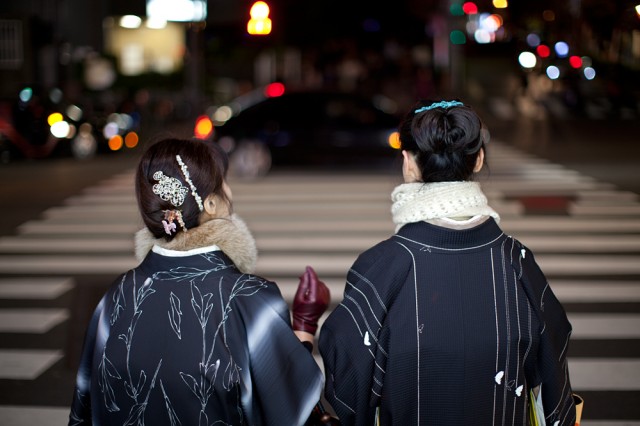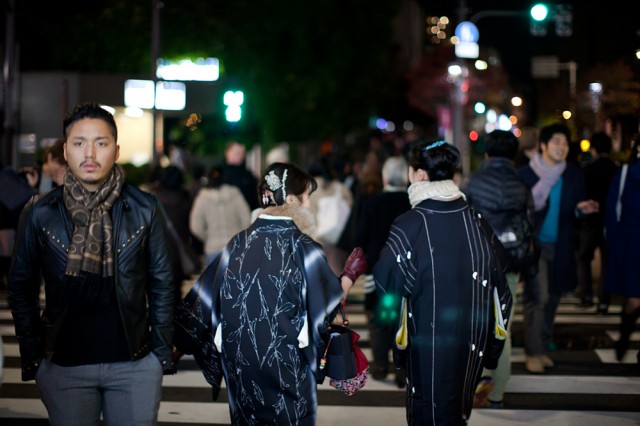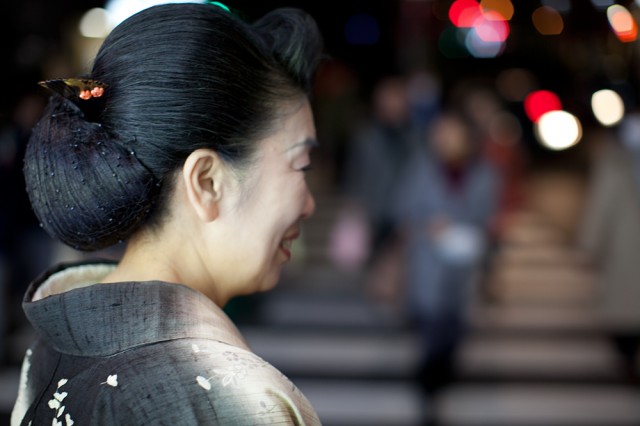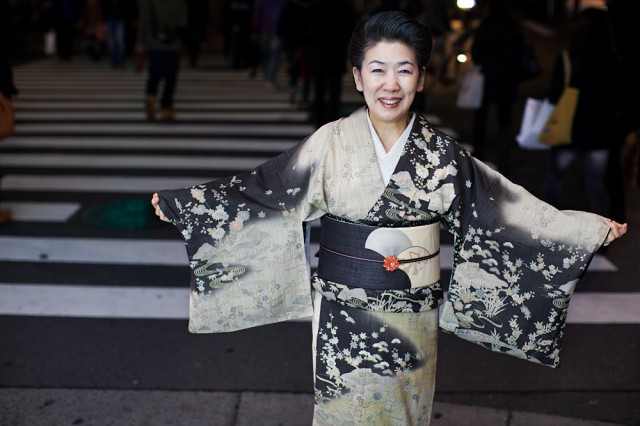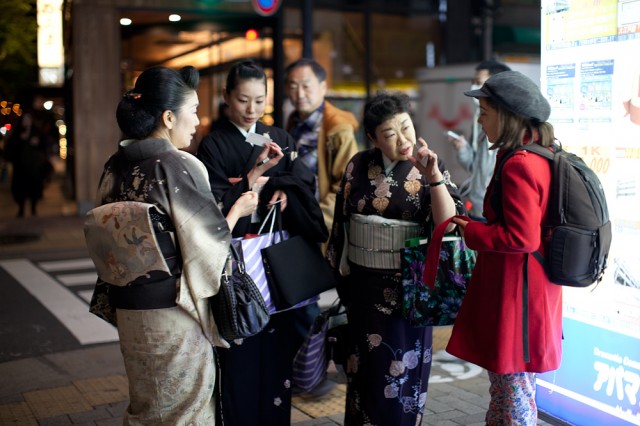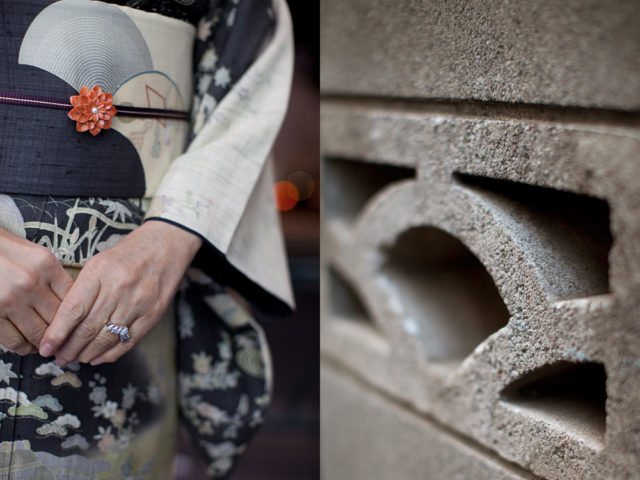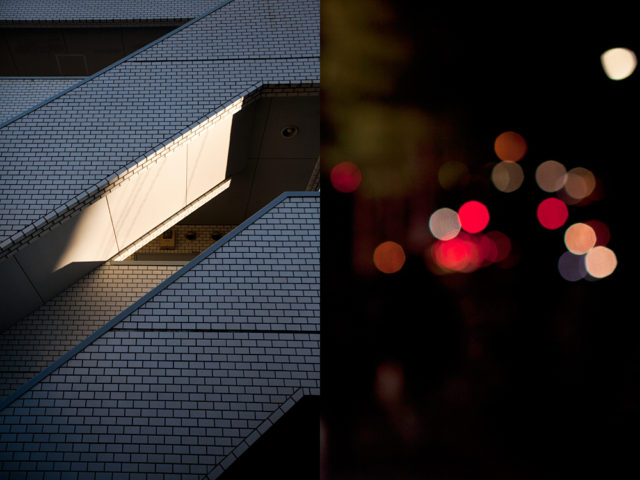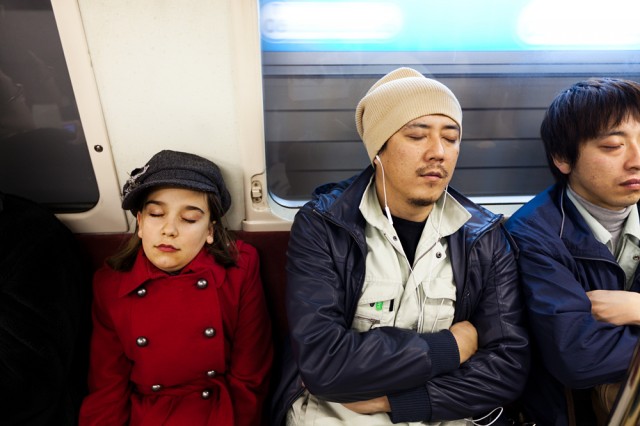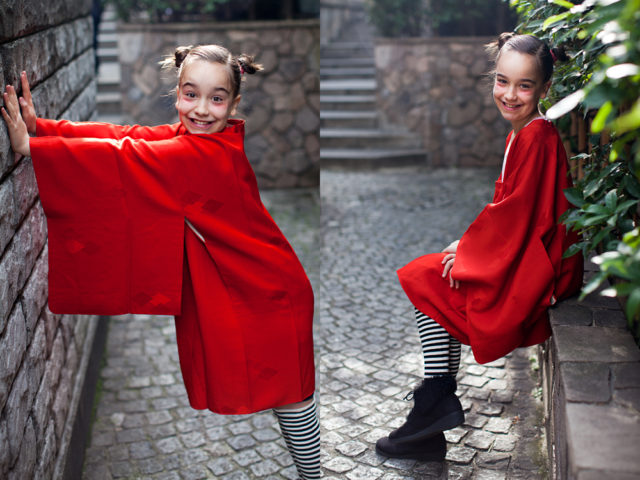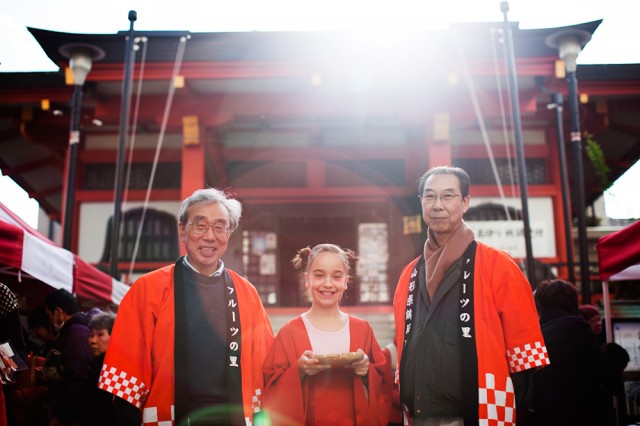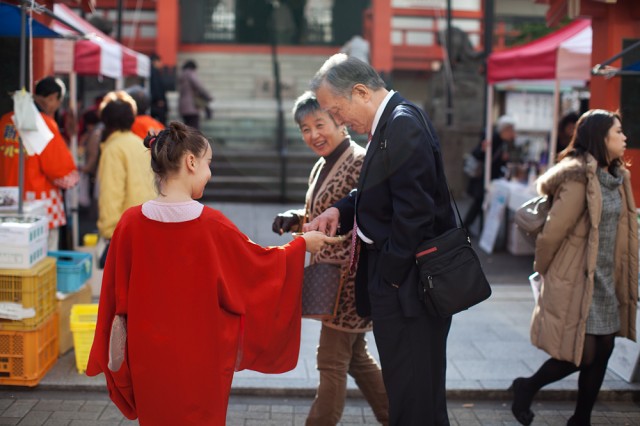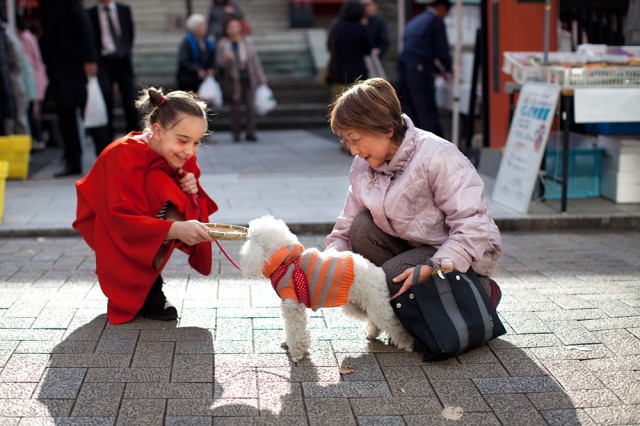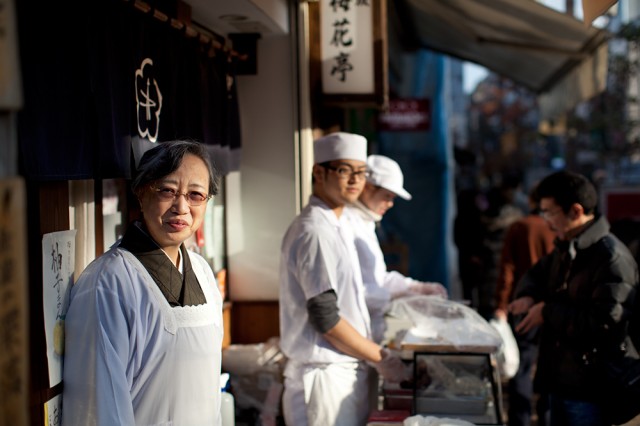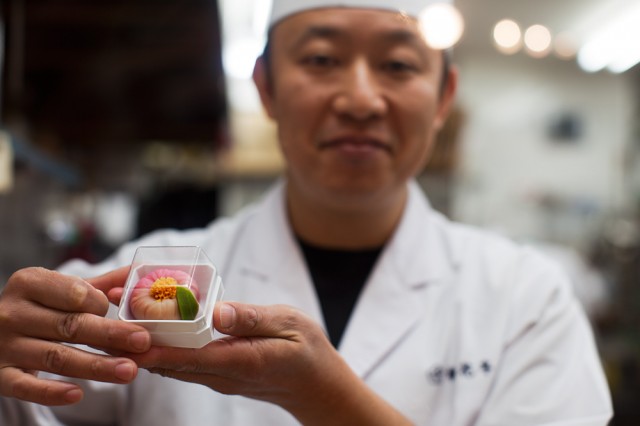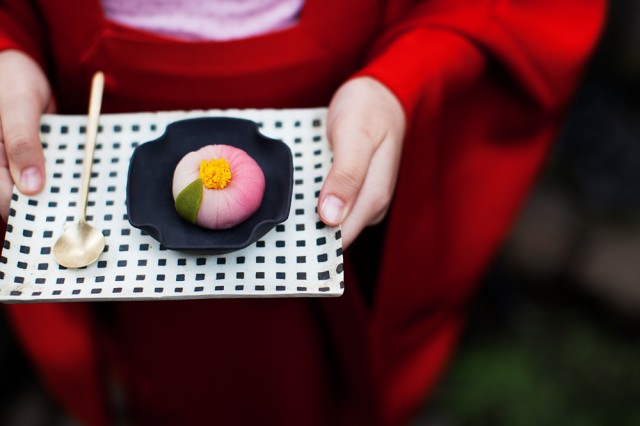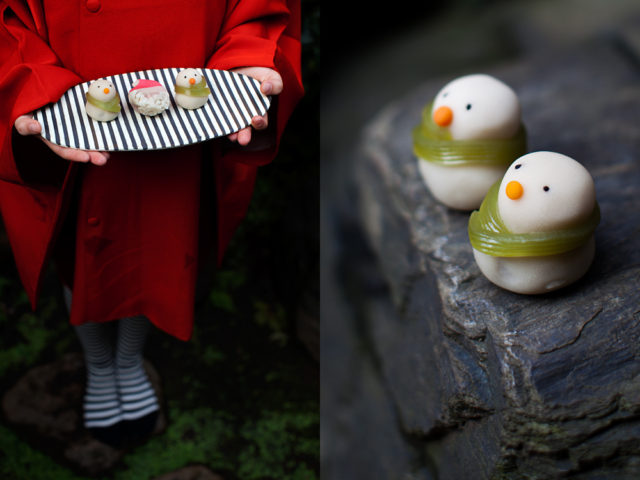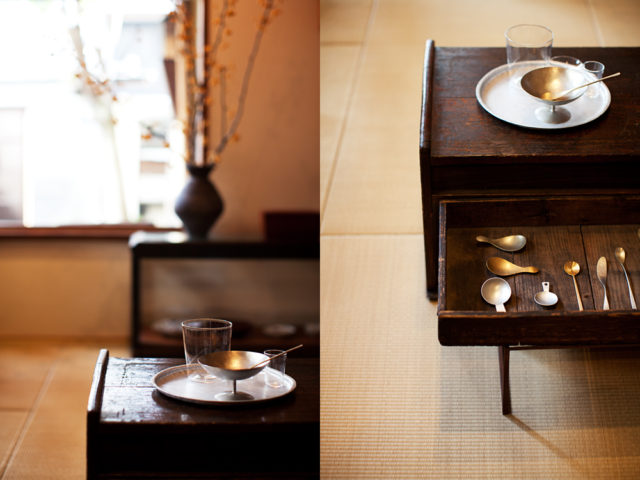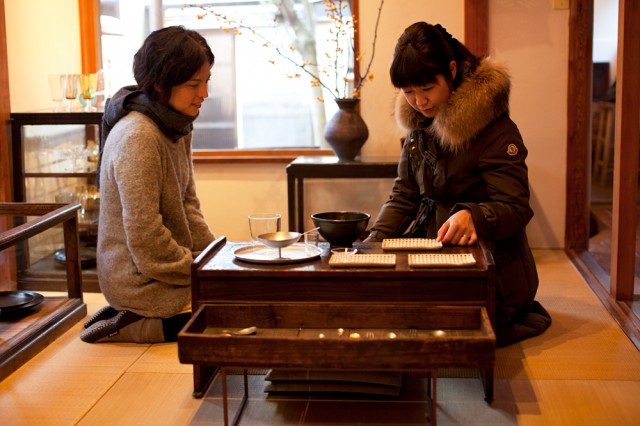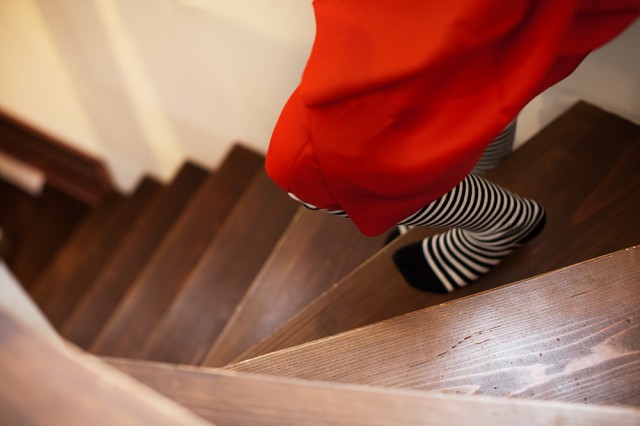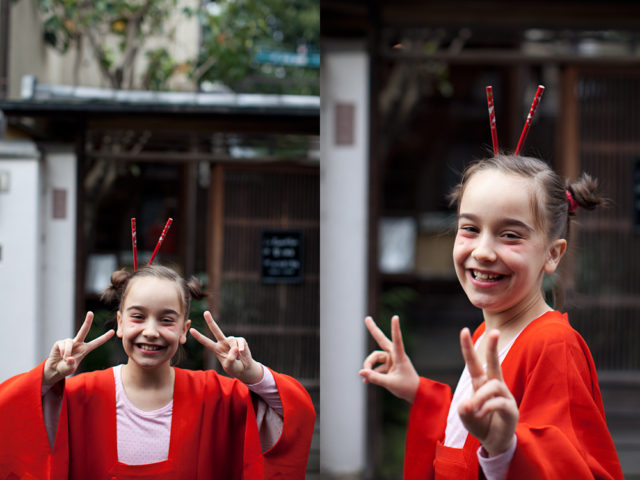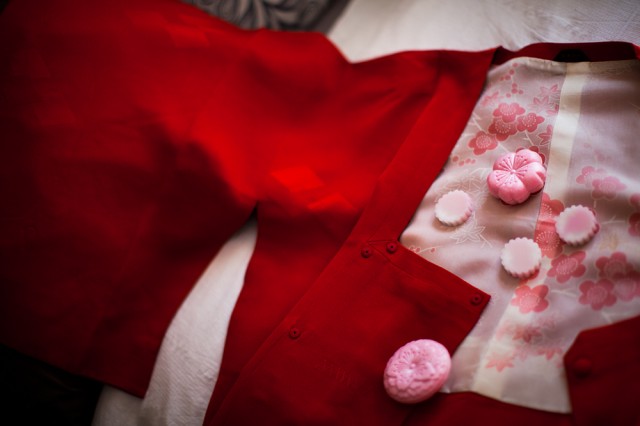With just a few days left in Tokyo (sniff) I realised I’d been so distracted by traditional Japan that I’d completely ignored the hyper-sophisticated, ultra-modern side of the city. In a panic I leapt off to the one place I thought I’d find it by the bucketload – Ginza.
Ginza? Possibly Tokyo’s most famous district? Yeah, I know, and let me tell you, after last week’s flirtation with a famous area I really wasn’t keen on exploring another one. But I had no time to faff about or do a recce anywhere else, and anyway, this was Tokyo – surely there would be more?
A few facts before we amble. Ginza was originally the site of a silver coin mint – hence the name Ginza, meaning silver mint. Became Tokyo’s most famous upmarket shopping, dining and entertainment district after the 1923 earthquake. Nothing about Ginza is cheap – apparently you can buy a coffee here for $10. Hate that.
Okay, let’s move.
Part 1: And then
After snapping a few off the wall buildings, I was struggling. Ginza had turned out to be just glitzy shops and nothing much else after all. I mean, impressive architecture for sure, but beyond that, hmm…
Despite my time challenges, I decided Ginza wasn’t for me.
But just as we were approaching the subway to leave, I spied a monk type figure under a large hat, chanting. A metre away from him three Japanese men were busy discussing golf scores or business deals. Women rushed past, arms full of crisp new shopping bags. Twentysomethings wandered around, texting madly. But there the monk stood, a figure from another time, nothing moving but his lips.
O-kay. Not modern, no, but kind of interesting. Subo-san from Kyoto had told us about these monks who stand frozen for hours at a time, moving only when someone approached them for a blessing. He said it looked easy but in fact was very hard.
As it would be getting dark any minute I took just a few shots and then we left. But I was curious. Would the monk be there the next day? Was this his life?
Part 2: Cats and hats
Curiosity piqued and with time running out before we’d have to fasten our seat belts, we went back to Ginza the next day to see if the monk was still standing still.
On the way we passed another surprise – a man placing his three cats on a small ledge, for those passing by to enjoy.
Tokyo is seriously cat crazy so within seconds, no kidding, a crowd of Japanese had gathered to snap the cats. The furry stars sat there without looking the slightest bit distressed but they were kind of snotty and sneezy and really, when you think about it, did they really need it? As Coco said, “It’s cute and dreadful at the same time”. But at least it was surprising.
We then made a beeline to the subway to see if the monk was there. Yep, still there, looking like he’d never left.
In the 15 minutes that we watched him, maybe three people stopped to drop a few coins in his bowl in exchange for a blessing. After Coco had one, I got a little closer to see what his face looked like under his hat.
He was fully focused, eyes shut, chanting softly – all this despite the fact that a political rally was underway right behind him, with loud speakers blaring a few metres from his ears and people all over the place. Including this man, who was handing out pamphlets – a Japanese Dick Tracy for sure.
Part 3: Hair dos
We left the monk and Dick Tracy to go and eat lunch. When we came back in the late afternoon, the monk was still there, doing his thing, but the political rally had been replaced by another sort of gathering – one of traditional Japanese hair hobbyists. They were standing not on the street but outside Wako department store, housed in something you hardly ever see in Tokyo – a building over 70 years old. The 1932 neo-Renaissance building was one of the few buildings left standing in the area after WWII.
After snapping the women I turned around to see two of them approaching the monk. He’d already taken his hat off and was apparently finally ready to leave but he smiled at one of the women as he started the blessings. “I know him”, she said, “I come here all the time”.
Once he’d finished the blessings, Coco and I went up to him. After watching him for so long it was lovely to see him smile and talk and laugh. And he spoke perfect English. Because Hideo Mochizuki, it turned out, was a monk who’d lived in the East Village in New York City for 15 years once upon a time. Back then he was a cook and a carpenter. Then he’d met a monk on his return to Japan 12 years ago and found what he was looking for. “Everyone has a seed of goodness in their hearts. When they ask for a prayer, that seed grows.”
Well, he said something like that anyway. Hideo explained that he stood for four hours at a time, three to four days a week, and that he’d done that for 450 days in his Ginza spot – once he reaches 1,000 days he’ll move on. And what does he chant about for all those thousands of hours? He’s praying for people and for world peace.
Coco and he beamed at each other for the final time and then it was time to fly…
The Wrap
Given more time and less panic, I may not have chosen Ginza to be part of this project. Too famous and too fancy.
And in the end, despite my desire to focus on modern Tokyo, I found myself drawn once more to the old.
But I can’t think of any other famous, fancy shopping district in any other city that I’ve been to that was more enjoyable and surprising to explore than Ginza. Admittedly I’d almost bailed but Hideo the monk had saved me. All those hours he spends saying prayers for people really do work.
On the ‘home front’
That was our last week in Tokyo – we left on Sunday, to fly back to LA, to catch our next flight to… Let me surprise you in the next post okay?
I hope you enjoyed our six weeks in Tokyo as much as we have.
Many thanks to those who sent neighbourhood suggestions as well as those who gently insisted Tokyo be included in the project. And to Laura M. and Jacqueline J. for all your advice on everything from best subway routes to surviving Tokyo as a gluten-free eater (it’s not easy).
There’s so much I’ll miss about Tokyo – from their absolutely beautiful sense of design to the people themselves. I’m sure there’s a darker side to Japanese society and yes, there are a few areas that aren’t so rosy (whales, the government’s lack of transparency, earthquakes etc) but it’s probably the city I felt most at home in. By the end I was almost falling asleep on the subway too.
—
This suburb has been brought to you by Tony Murphy
—
See you next week.
